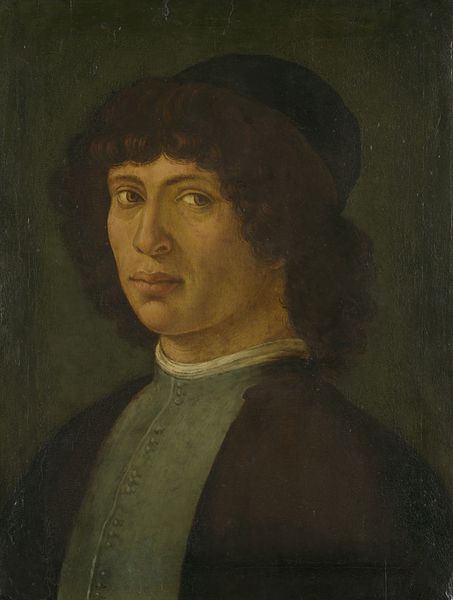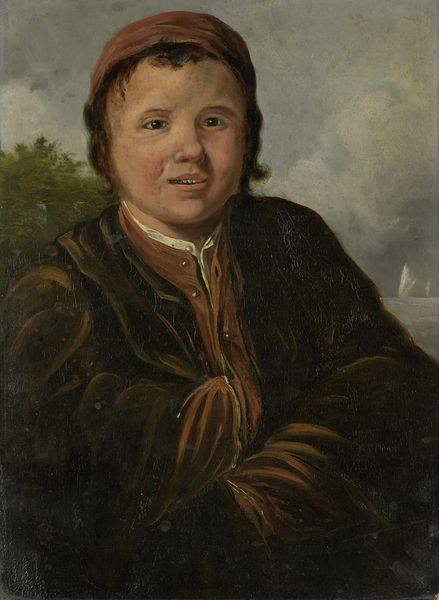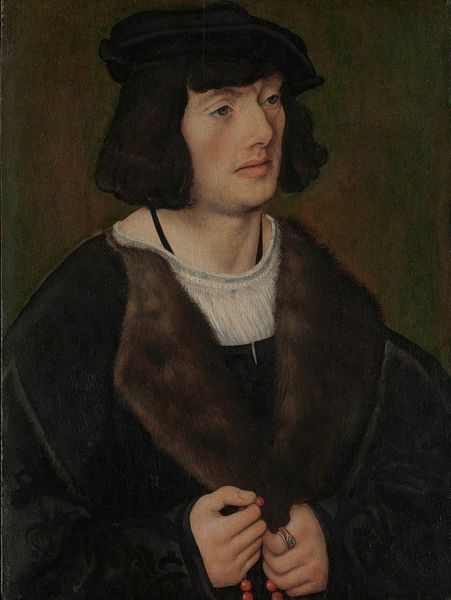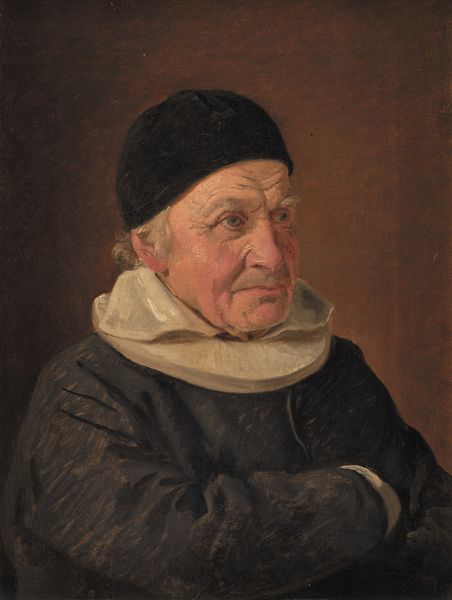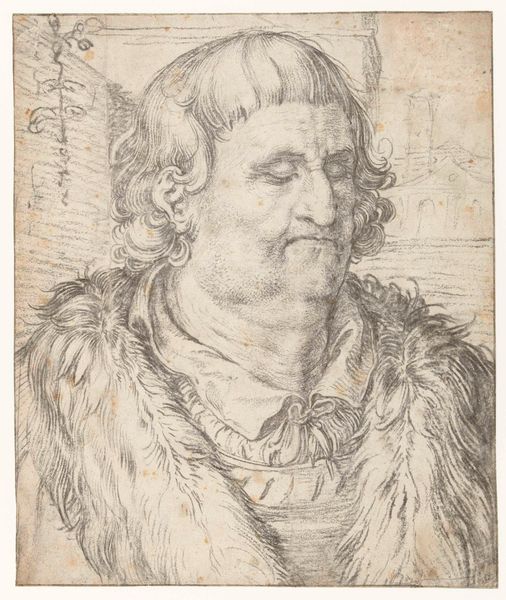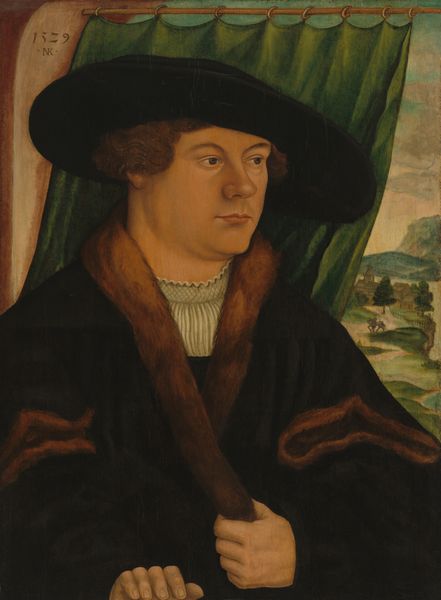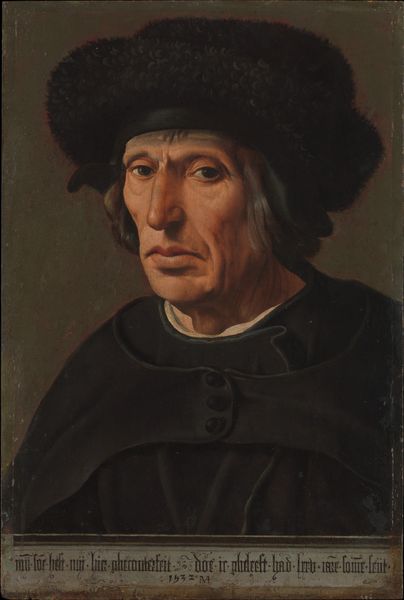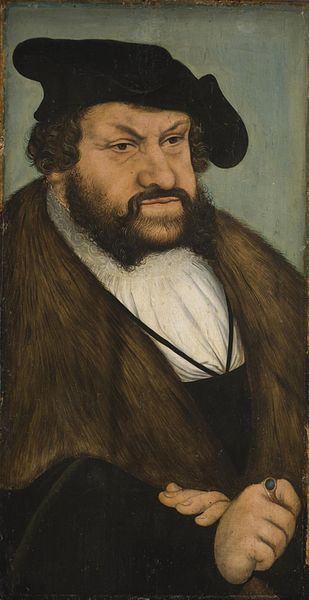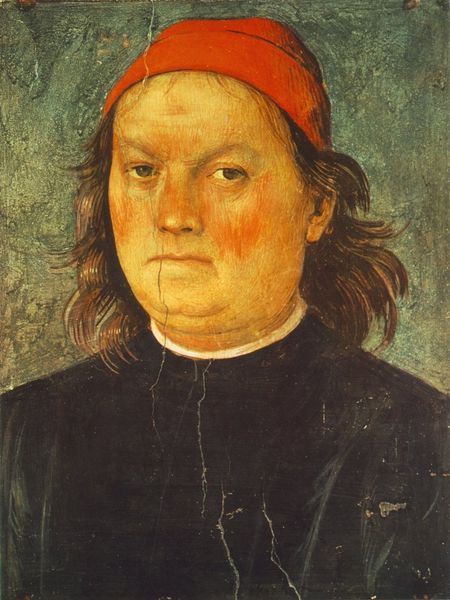
painting, oil-paint
#
portrait
#
portrait
#
painting
#
oil-paint
#
11_renaissance
#
northern-renaissance
Dimensions: height 18 cm, width 12 cm, depth 4.7 cm
Copyright: Rijks Museum: Open Domain
In 1524, Albrecht Dürer painted this oil on panel portrait of Willibald Pirckheimer, a prominent Nuremberg humanist. Dürer was deeply embedded in the intellectual circles of his time. The painting suggests the cultural and social context of the Northern Renaissance, where humanist ideals were gaining traction among educated elites. Pirckheimer's fur-trimmed coat signals his status and wealth in Nuremberg society. The inscription next to his face acts as a marker of his identity. It is a signifier of his social standing, but also perhaps a comment on the growing importance of individual identity during the Renaissance. Dürer's work provides a window into the cultural values and intellectual currents of 16th-century Germany. Careful examination of historical documents, such as letters and scholarly writings, helps to illuminate the complex relationship between art, society, and the individual.
Comments
No comments
Be the first to comment and join the conversation on the ultimate creative platform.
